What Kind Of Pump To Drain Pool? (Find Out Now!)

There are many reasons why you may need to drain your pool. You may want to add fresh water or prevent overflow from an impending storm. While it is possible to drain water out of your pool without a pump, adding a pump to the process can make things faster and easier.
Either a submersible pump or a cover pump is recommended to drain a pool. Submersible pumps work best for large applications where time is of the essence. Comparatively, cover pumps are better suited for smaller, more delicate tasks.
Draining your pool periodically can also help with much-needed resurfacing and repairs. Remember, the process to drain your pool with a pump will vary slightly depending on the type of filter you have. Pools with a cartridge filter will use a somewhat different method than pools with a sand filter.
Do You a Need Pool, Spa, or Hot Tub Contractor?
Get free, zero-commitment quotes from pro contractors near you.

What Kind Of Pumps Can Drain a Pool?
In general, there are two different types of pump options that can help to drain a pool. Both pump types are relatively affordable and do a great job draining your pool, albeit in slightly different ways. The two main types of pumps used to drain pools are submersible pumps and cover pumps.
Submersible Pumps
A submersible pump is a type of pump that works when it is submerged in water. Most submersible pumps are powerful and have a great deal of horsepower pulling the water. Sometimes, a submersible pump is referred to as a “sump pump” and can be used to drain pools and spas or keep your flooded basement dry. A submersible pump is best used when you need to drain a significant amount of water from your pool.
Cover Pumps
Alternatively, a cover pump can also be used to help drain water from a pool. These pumps are usually used when there is a smaller or more delicate task. The pump is still submerged in water, like a submersible pump, but these pumps will not be as strong.
Usually, a cover pump will drain about 300 gallons per hour, while a submersible pump may handle 1,500 gallons per hour. Cover pumps are the perfect option to help control additional water from rain or sleet and can help eliminate water that has pooled on top of the pool’s cover.
When Should I Drain My Pool?
Sometimes it is necessary to drain your pool to keep the water clean and safe. Typically, a pool is drained about every three to five years to keep the chemical balance in the pool water safe. In addition, it is a good idea to drain your pool if:
- Your water is testing with a high level of TDS (Total Dissolved Solids). You may want to drain some water from the pool and add fresh water until you reach a suitable and safe level.
- In the event of a large storm approaching, like a hurricane or tropical storm, draining some water is an excellent way to prevent the pool from overflowing.
- Draining the pool is a perfect way to resurface or repair parts of your pool that are usually underwater.
How Do I Drain My Pool?
When it comes time to drain your pool ultimately, the procedure can vary depending on the type of filter you have. Draining a pool with a sand filter is different from draining a pool with a cartridge filter.
To Drain a Cartridge Filter, you must:
Step 1: Prepare the Pool
First, you’ll want to turn off the main pump for the pool and remove the drain plug in the back of the filter.
Step 2: Determine Drain Level
Turn the pump back on, allowing the water to drop to the point you want to drain the water out. Once this level has been reached, turn the pump back off and insert the drain plug again.
Step 3: Drain Valve (Optional)
You can also drain the pool using the drain valve. You’ll have to shut the main pump off for the pool and locate the valve. Rotate the valve to block the water from going out. Turn the pump back on, and wait until you get to the proper water level. Turn the valve back to normal position and turn off the main pump again.
To Drain a Sand Filter, you must:
Step 1: Turn Off Power
First, turn the main pump off and locate an appropriate draining area and your yard with a backwash hose.
Step 2: Adjust Valve
Turn the multiport valve located on the top of the filter clockwise. This adjustment should put the valve in the “waste” position.
Step 3: Drain Pool
Turn the pump back on, monitoring the water level. Once you reach the desired level, you can turn the pump off.
Step 4: Restore Settings
Remember to turn the multiport valve back to the “filter” position to continue to function.
Do You a Need Pool, Spa, or Hot Tub Contractor?
Get free, zero-commitment quotes from pro contractors near you.

Related Questions
Can I empty my pool without a pump?
While a pump certainly helps to make emptying a pool easy and fast, it is possible to empty a pool without a pump. To drain your pool, you will only need a long water hose. You can create a siphon with the hose, safely draining water out of your pool and to an area safely away. Remember that this technique relies on gravity, so the end of the hose with water flowing out of the pool must remain lower than the end of the hose with water flowing into it.
How much does a submersible pump cost?
Using a submersible pump is the perfect way to drain water out of your pool quickly. While there are many different sizes for pumps, most submersible pumps will cost around $100. These pumps usually work up to depths of 16 feet and can pump at a rate of 1,500 gallons per hour.Another alternative is to purchase a cover pump. These are slightly more expensive but can be perfect for small jobs and dedicated pumping areas. Usually, a cover pump will move about 300 gallons in an hour. Expect to pay about $165 for a cover pump with ¼ horsepower.
Related Guide

We are a team of passionate homeowners, home improvement pros, and DIY enthusiasts who enjoy sharing home improvement, housekeeping, decorating, and more with other homeowners! Whether you're looking for a step-by-step guide on fixing an appliance or the cost of installing a fence, we've here to help.
More by Upgraded Home Team



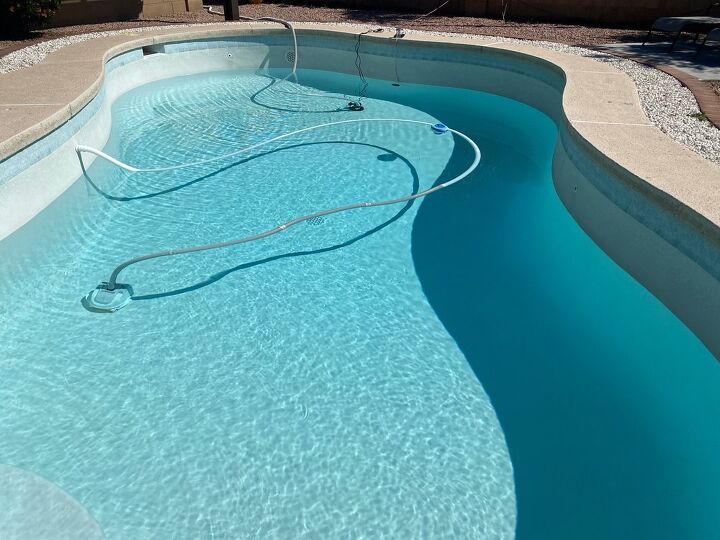






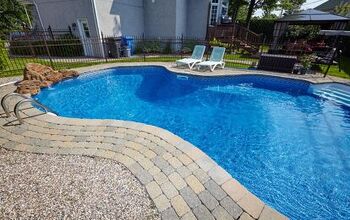

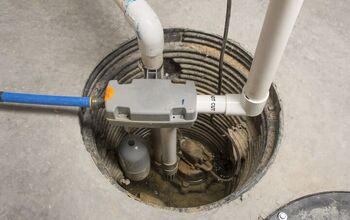
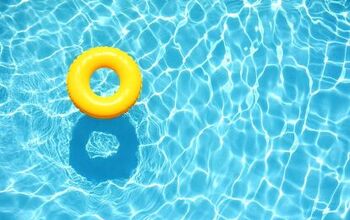
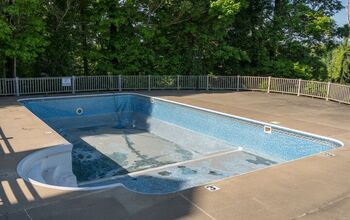











![10 Most Dangerous Neighborhoods in Baltimore [Updated]](https://cdn-fastly.upgradedhome.com/media/2023/07/31/9075655/10-most-dangerous-neighborhoods-in-baltimore-updated.jpg?size=350x220)
